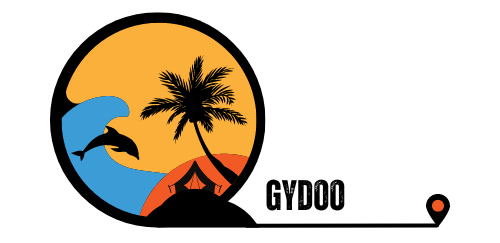Hey everyone! I’m starting today’s video from my hotel room here in Laayoune, the largest city in Western Sahara. It’s hard to talk about certain things out in public, so I thought it’s better to share my thoughts with you from here. If you’ve been following my journey, you probably know a bit about this place. But for those who are new, let me give you a quick background.
A Quick Overview of Western Sahara
Western Sahara is a disputed territory on the southwest edge of Morocco. Until the mid-1970s, it was under Spanish control and was known as Spanish Sahara. When the Spanish left, Morocco and a local group called SADR (Polisario Front) fought over control, and that fight continues even today. Mauritania was involved too but pulled out of the conflict. Now, about 80% of Western Sahara, including Laayoune, is under Morocco’s control.
The Challenges of Filming Here
Recording videos in Western Sahara isn’t exactly easy. People here are cautious, and if they see you filming, they might think you’re a spy. I’ve had to stay low-key to avoid unnecessary trouble. It’s tricky, but that’s part of the adventure, right?
This morning, I’m getting ready to leave for Dakhla, another city further south near the Mauritanian border. It’s a long bus ride, and I need to grab some cash first because Mauritania only accepts Euros at the border. I’ve got some Moroccan Dirhams left, but not enough to exchange for Euros. Time to find an ATM!
ATM Struggles and the Rush to Catch the Bus
I found a row of ATMs nearby, but luck wasn’t on my side. One machine swallowed my card, and for a moment, I thought I was doomed! Thankfully, I got my card back after a stressful few minutes. I finally found an ATM that worked, but it charged a hefty fee for the withdrawal—22 Dirhams ($5.99), which hurt, but at least I got my cash. Now, the next mission is to exchange it for Euros, which is easier said than done here.
With the bus to Dakhla leaving in less than half an hour, I had to decide—exchange money now or risk missing the bus. I went straight to the bus station, hoping I could sort out the currency later.
Catching the Bus to Dakhla
The bus ride to Dakhla is a long one—about 8 hours through nothing but desert. It feels like I’m traveling through the middle of nowhere. There’s no sign of life for miles, just stretches of sand and the occasional checkpoint guarded by soldiers. The heat outside is intense, but inside the bus, the AC has me bundled up in a jacket.
At one point, the bus stopped in the middle of nowhere at a small restaurant surrounded by nothing but sand. It was interesting to see stickers from different biking groups and rallies plastered all over the restaurant’s walls. Some had come all the way from Europe, riding through Morocco and Mauritania to Dakar in Senegal.
Welcome to Dakhla – A Surprising Change
After hours of desert scenery, we finally reached Dakhla. What a contrast! Dakhla feels like a completely different world compared to Laayoune. While Laayoune felt isolated and cautious, Dakhla is lively and modern, with luxury villas, cafes, and hotels under construction everywhere. You can sense that tourism is picking up here, with the focus on water sports like kite surfing, windsurfing, and fishing.
I checked into a hotel, but it wasn’t quite what I expected. The room is smaller than what I had in Laayoune, even though I’m paying double the price—about ₹3200 ($38) per night. And guess what? No AC! In a desert city! I’m not sure how I’ll survive the night without it, but I guess that’s part of the adventure.
Exploring Dakhla: A Mix of Desert and Ocean
Dakhla sits on a peninsula between the desert and the Atlantic Ocean, and the views are stunning. Seeing the ocean and desert meet for the first time was an incredible experience. The city itself feels much more open and relaxed compared to Laayoune—no suspicious stares, no police interrogations, just people enjoying life by the water.
I wandered through the city center, passing by cafes and markets, and even found an Indian restaurant. But things took a turn when I ordered dinner. They served me a lamb dish drizzled with honey—definitely not my thing. I couldn’t eat it, so I ended up grabbing some yogurt and milk from a local shop to survive the night.
Final Thoughts – A Journey of Contrasts
Traveling through Western Sahara has been an eye-opener. Laayoune felt closed off and cautious, while Dakhla was modern and welcoming, even though it’s smaller. The journey through the desert was tough, but it made arriving in Dakhla all the more rewarding.
It’s funny how travel teaches you to expect the unexpected. Things don’t always go smoothly—like my card getting stuck in the ATM or the strange hotel experience—but that’s what makes these moments memorable. You learn to appreciate the little things, like the friendliness of locals and the beauty of a quiet ocean sunset.
Tomorrow, I’ll explore more of Dakhla and try to figure out the best way to cross into Mauritania. It’s going to be another adventure, but that’s what traveling is all about, right?
Thanks for joining me on this journey. I’ll catch you all in the next video! Until then, stay safe, and goodbye from Western Sahara! 🌍


